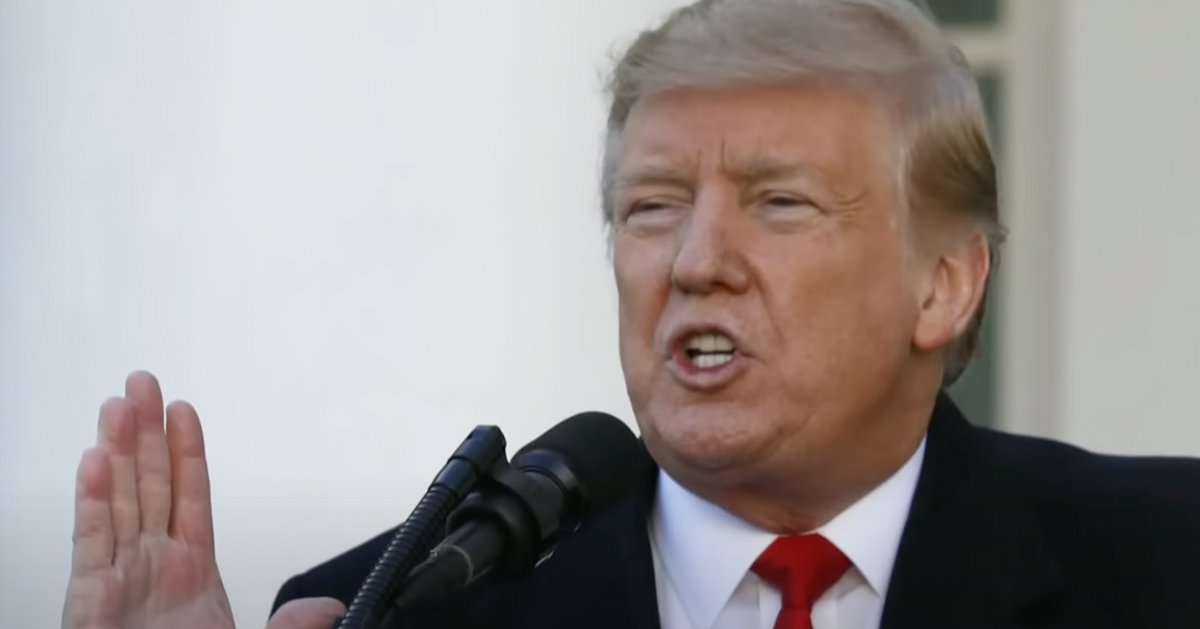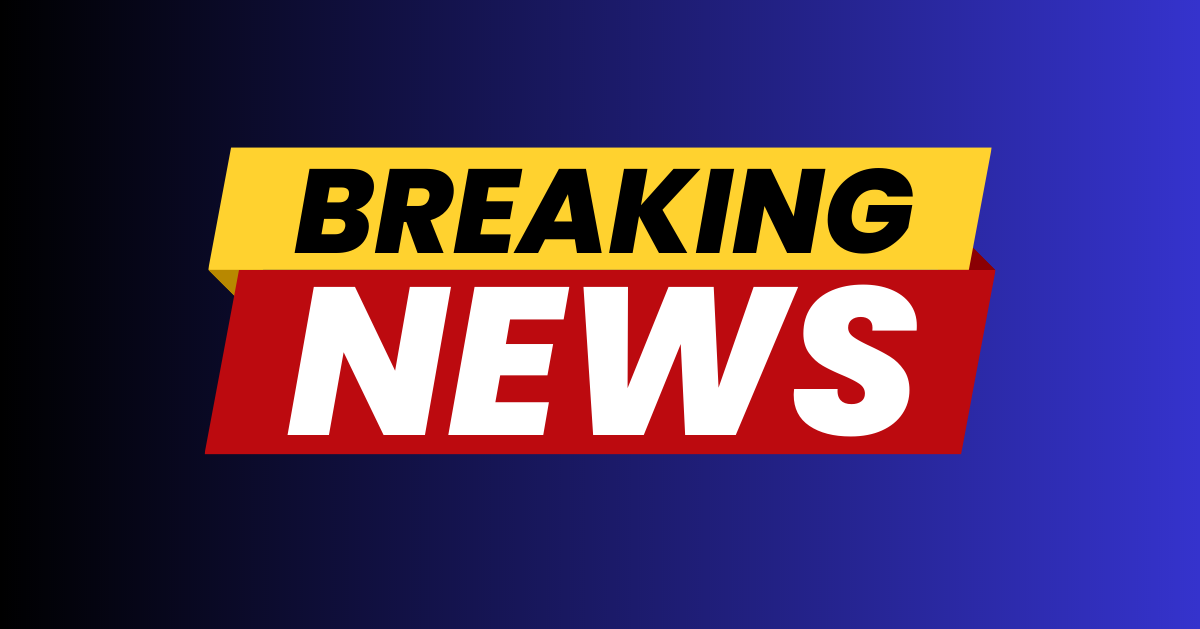Recent aviation disaster raises questions about FAA hiring practices
The collision of American Airlines Flight 5342 with a military Black Hawk helicopter in Washington, D.C., has reignited debates over the Federal Aviation Administration’s hiring policies.
This crash -- and prior revelations made by journalist Tucker Carlson -- has shed light on previous hiring practices initiated during the Obama administration, allegedly placing diversity over merit, and the ongoing safety concerns associated with these decisions, as the Western Journal reports.
In 2012, the FAA faced criticism after ceasing its traditional hiring protocols and implementing a "Biographical Assessment" aimed at achieving greater diversity.
The hiring freeze, which followed high-level discussions with groups such as the National Black Controllers Association, was pinpointed as the beginning of the shift in recruitment strategies. Subsequently, these changes surfaced in public discourse as many questioned the rationale behind placing diversity as a priority instead of experience and qualifications.
Tucker Carlson's 2018 Revelations
In 2018, Tucker Carlson brought attention to these hiring changes, arguing that the FAA’s focus on "abstract" diversity goals overshadowed essential qualifications for air traffic controllers. He highlighted the biographical questionnaire introduced by the FAA, which reportedly awarded more points to candidates with no scientific background or those who were unemployed.
Carlson’s remarks emphasized the potential insanity of prioritizing unqualified candidates over experienced individuals. According to him, the underlying intent of the FAA’s new requirements was dubious, raising fears over the safety of aviation operations.
His concerns were echoed by aviation attorney Michael Pearson, who criticized the questionnaire for not accurately assessing the true aptitude necessary for air traffic control.
These revelations led to questioning of the entire FAA hiring strategy. Carlson’s investigation suggested that previous top-performing applicants lost out due to not fitting the diversity-oriented criterion, claiming this as unfair and irrelevant for safety-critical roles.
Implications of FAA Policy Shifts
President Donald Trump speculated that the recent crash might be linked to the FAA lowering these standards from past administrations. The idea that diversity targets were prioritized over necessary competency sparked strong debates within the aviation community.
As details of the crash emerged, the influence of past FAA hiring practices became a focal point. This included Congress’s intervention, which compelled the FAA to eliminate the controversial assessment in 2018, allowing previously rejected applicants to reapply. Marred by delayed careers, these individuals later found success as air traffic controllers.
An email from an FAA executive, cited by Carlson, claimed that the biographical criteria were unrelated to finding the most qualified air traffic controllers. This revelation reiterated the gap between the FAA's recruitment goals and ensuring aviation safety.
Controversy Surrounding Biographical Assessments
The biographical questionnaire was designed to integrate diverse backgrounds within the FAA’s workforce. Critics like Michael Pearson asserted that the assessment inadvertently punished candidates with aviation experience, reflecting a misalignment with the primary goal of ensuring qualified hiring.
Pearson recalled meetings that catalyzed the hiring policy changes. These discussions, including key figures from the Obama administration, led to halting traditional hiring methods and embracing diversity as a primary objective.
These narratives advanced the argument that FAA hiring changes were detrimental to staffing efficiency. Pearson linked these decisions to challenges the aviation sector faces today, including the impact on staffing levels.
Mixed Reactions to Changing Practices
While advocates of diversity assert its value in enhancing representation, the question remains on its application in roles where technical expertise is indispensable.
Critics of the FAA’s revised practices argue this focus diverted attention from competence, affecting sectors where error margins are minimal.
In conclusion, the collision between American Airlines Flight 5342 and the Army helicopter has invigorated discussions around FAA recruitment strategies. As the story unfolds, it prompts a broader conversation about priorities in hiring for roles critical to public safety.
This case urges stakeholders to revisit policies balancing inclusivity with the imperatives of safety and skill, contemplating the long-term implications of recruitment decisions for the aviation industry.





